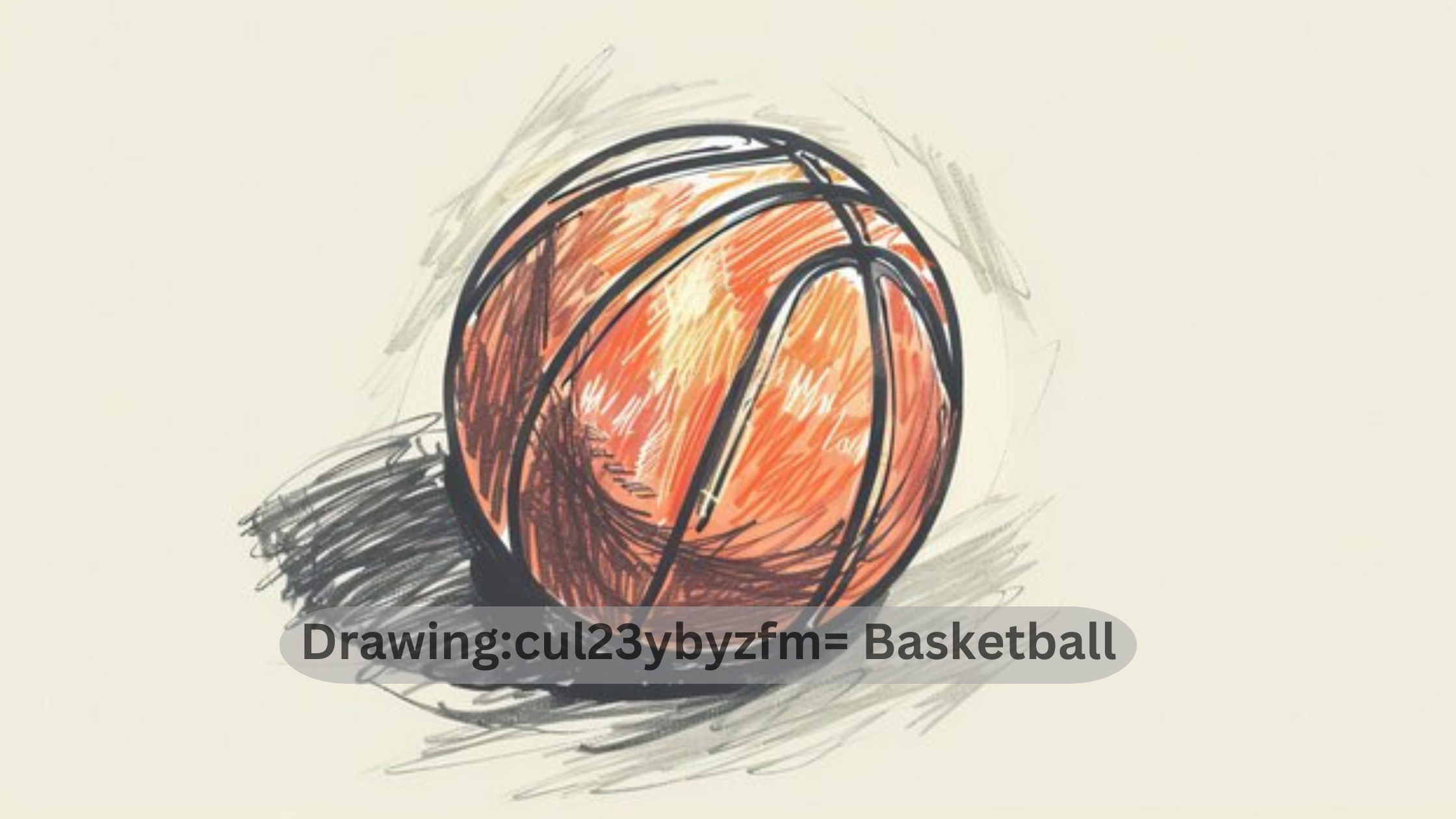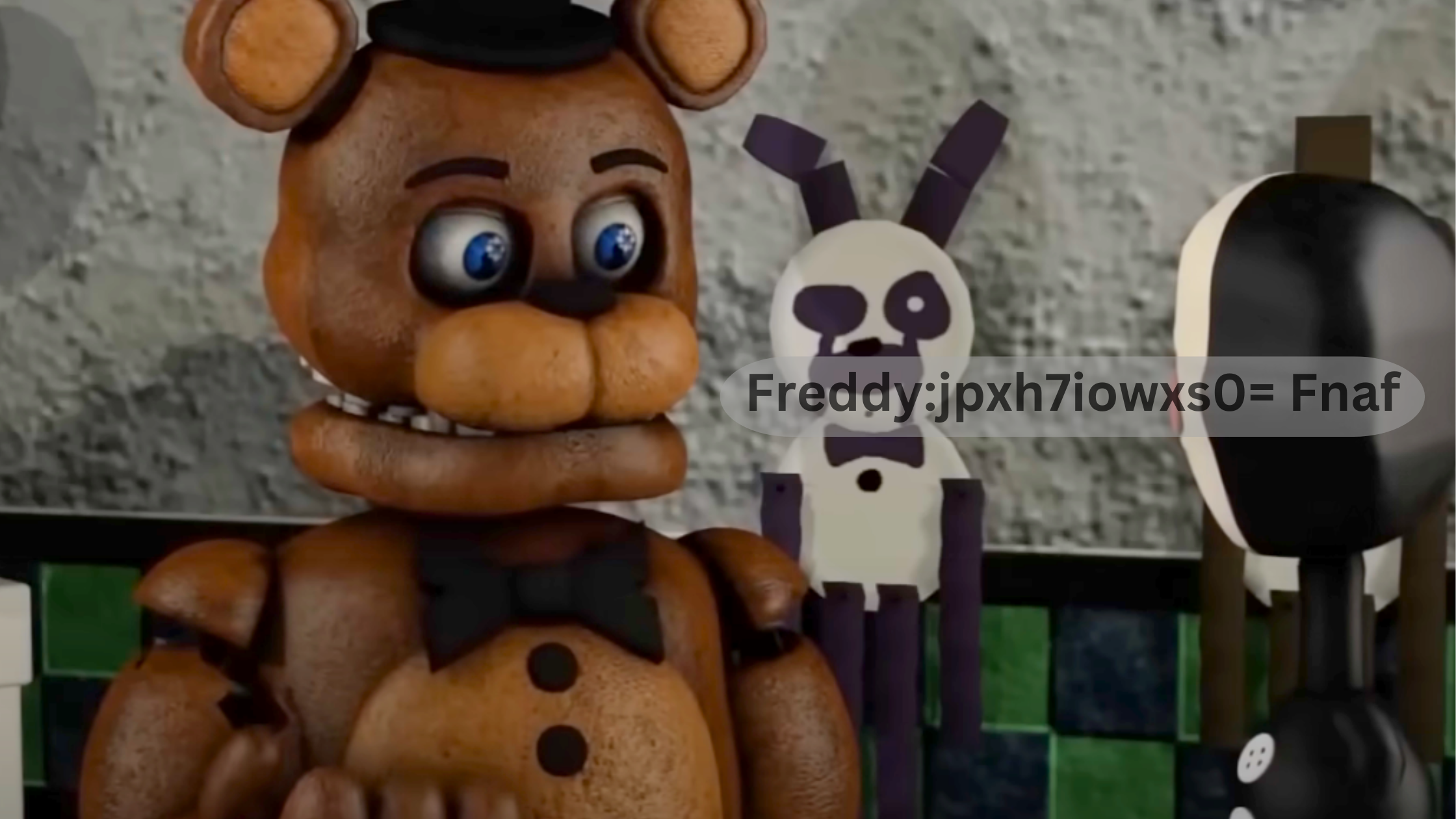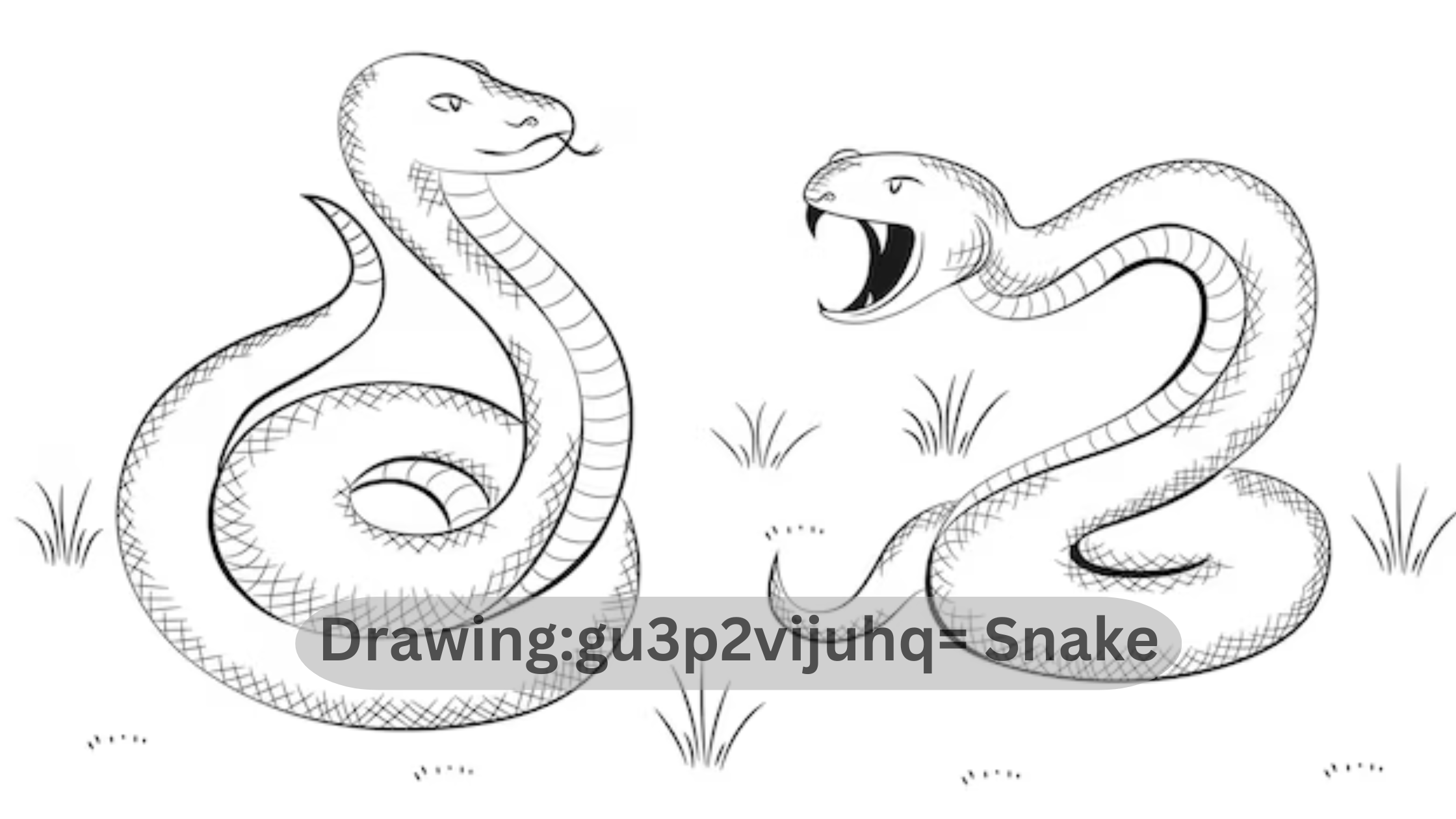Drawing:cul23ybyzfm= Basketball is not just about skillfully sketching a ball; it’s an exploration of form, action, and movement that encapsulates the energy of the game. Whether you’re an artist, a sports enthusiast, or a student looking to improve your drawing skills, learning how to draw basketball scenes or objects can be both fun and rewarding. In this article, we’ll explore the steps to perfecting basketball drawings, from basic ball sketches to action-packed scenes of players on the court.
Drawing:cul23ybyzfm= Basketball: Starting with the Basics
Drawing:cul23ybyzfm= Basketball begins with mastering the basics of sketching the iconic basketball itself. The ball’s spherical shape, combined with its distinct lines and patterns, makes it a great subject for beginners.
Start by drawing a perfect circle, which will serve as the base of your basketball. The lines on the ball are equally important—they’re not just decorations but give the basketball its recognizable design.
Draw two intersecting curved lines, dividing the circle into quarters. Then, add another curved line that wraps around the circle horizontally, creating the illusion of a 3D shape.
Once you have the basic outline, you can focus on shading to give your basketball depth and dimension. This will help in creating a more realistic look. Ensure that the lines are darker than the base to make them stand out.
Drawing:cul23ybyzfm= Basketball Court: Setting the Scene
Once you’ve mastered the ball, it’s time to move on to drawing the basketball court. The court is a critical part of any basketball drawing as it sets the stage for the action and helps in creating a realistic scene.
Begin by sketching the boundaries of the court. Start with a rectangle for the main playing area and add in key details like the three-point line, the free-throw line, and the half-court line. Don’t forget the basketball hoop and backboard—these are essential elements to complete the scene.
After sketching the court, you can add perspective by drawing the lines so they appear to recede into the distance. This will create depth and make your drawing look more dynamic and life-like.
Drawing:cul23ybyzfm= Basketball Players: Capturing Movement
Drawing players in action is where your skills will truly be tested. Basketball is a fast-paced game, and capturing that energy in a drawing can be challenging but rewarding.
Start by practicing basic human anatomy to understand how the body moves. Draw rough sketches of players in various positions—shooting, dribbling, or defending. Focus on the body’s proportions and how each part works together during movement.
When drawing the players’ jerseys and shoes, pay attention to the small details, as these will add realism to your work. The folds in the clothing and the shine on the shoes help to make your drawing more vibrant and engaging.
Drawing:cul23ybyzfm= Basketball Techniques for Beginners
For beginners, it’s important to practice basic techniques before moving on to more complex drawings. Start by mastering line work and shading, which are crucial in creating depth and dimension in your basketball drawings.
Use different pencil grades to achieve varying levels of darkness and texture. For example, a soft pencil (like 2B or 4B) will allow you to create darker, thicker lines for the basketball’s patterns, while a harder pencil (like HB) is ideal for the lighter shading on the ball’s surface.
Once you’ve honed these techniques, you can move on to more advanced skills like adding texture to your drawings. For example, you can use cross-hatching to create a sense of roughness on the basketball’s surface, making it look more realistic.
Drawing:cul23ybyzfm= Basketball in Motion: Adding Dynamics to Your Artwork
To truly capture the spirit of basketball, you need to master the art of movement in your drawings. Drawing basketball scenes in motion—whether it’s a player dunking or dribbling—can make your artwork more engaging and lifelike.
When drawing motion, focus on exaggerating certain parts of the body to emphasize the movement. For example, if a player is jumping, their legs might be bent at an extreme angle, and their arms might be fully extended toward the hoop. This will help convey a sense of speed and power in your drawing.
Don’t forget to add details like sweat or action lines to show how fast the player is moving. These small details can make a big difference in the overall impact of your drawing.
Drawing:cul23ybyzfm= Basketball Drills: Enhancing Your Drawing Skills
Like any skill, drawing improves with practice. To become proficient in drawing basketball scenes, it’s essential to keep practicing regularly. You can set up “drawing drills,” much like basketball drills, to enhance your skills.
Start by setting a timer and drawing as many basketball-related objects or players as you can within a certain period. This will help you improve your speed and confidence.
Another useful drill is to draw the same scene from different angles. This will teach you how perspective affects the look of your drawing and will make your work more versatile.
Drawing:cul23ybyzfm= Basketball Sketches for Advanced Artists
For more experienced artists, drawing complex basketball scenes can be an exciting challenge. Focus on adding intricate details like facial expressions, muscle definition, and realistic lighting to your drawings. These advanced elements can take your artwork to the next level.
Incorporating background elements like cheering crowds or stadium lights can also add more context to your drawings and make them more immersive. Use reference photos to capture the correct poses and expressions of players during intense game moments.
Conclusion: Mastering Drawing:cul23ybyzfm= Basketball
Drawing:cul23ybyzfm= Basketball is a fun and engaging way to improve your drawing skills while celebrating the energy of a beloved sport. Whether you’re a beginner just starting with basic shapes or an advanced artist looking to add more details and dynamics to your work, there are endless possibilities to explore.
With regular practice and attention to detail, you can master the art of drawing basketball and create compelling, realistic scenes that capture the excitement of the game. Whether you’re sketching a simple basketball or a full-action court scene, the key is to keep practicing and enjoying the process.











